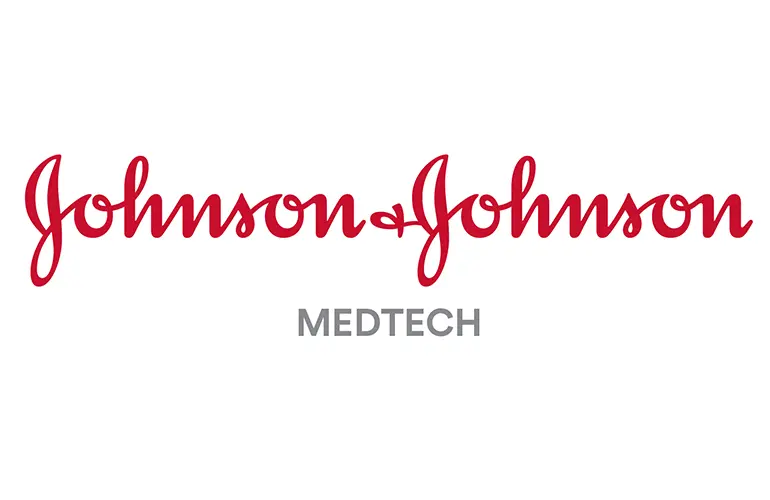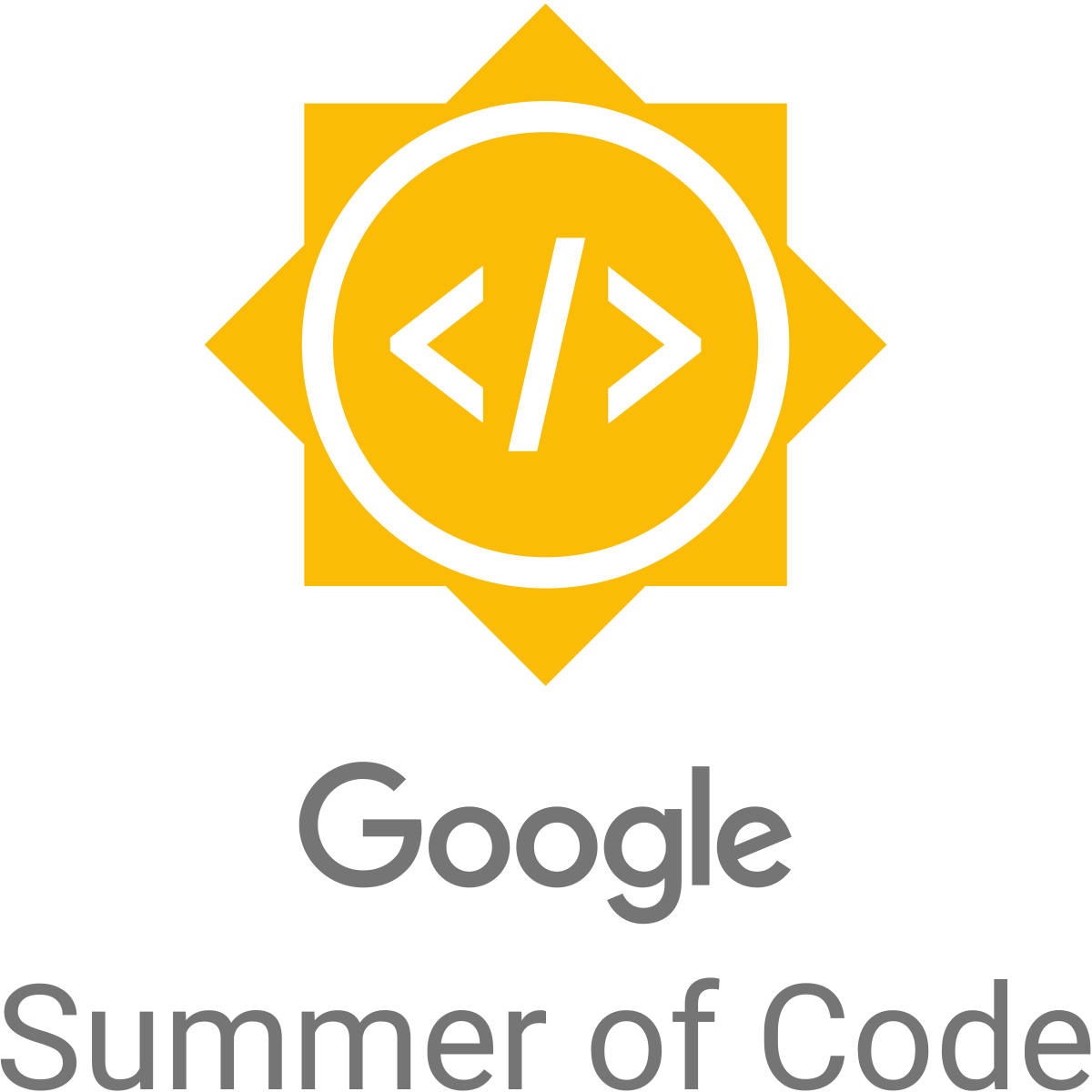Hi! I am a final year MS CS student at New York University (Courant Institute of Mathematical Sciences).
I’m interested in semi-self supervised representation learning, using it in identifying knowledge gaps in machine learning models as well as improving robustness and generalization of ML algorithms.
Previously, I have worked in using active learning and data centric machine learning to solve important problems in the biomedical and healthcare domains. Before that, I worked on using machine learning to solve problems in high energy physics, notably in CMS experiment at CERN to identify and classify the energy deposits recorded at the Large Hadron Collider after the particle collision.
Feel free to contact me for research collaborations or other engagements.




